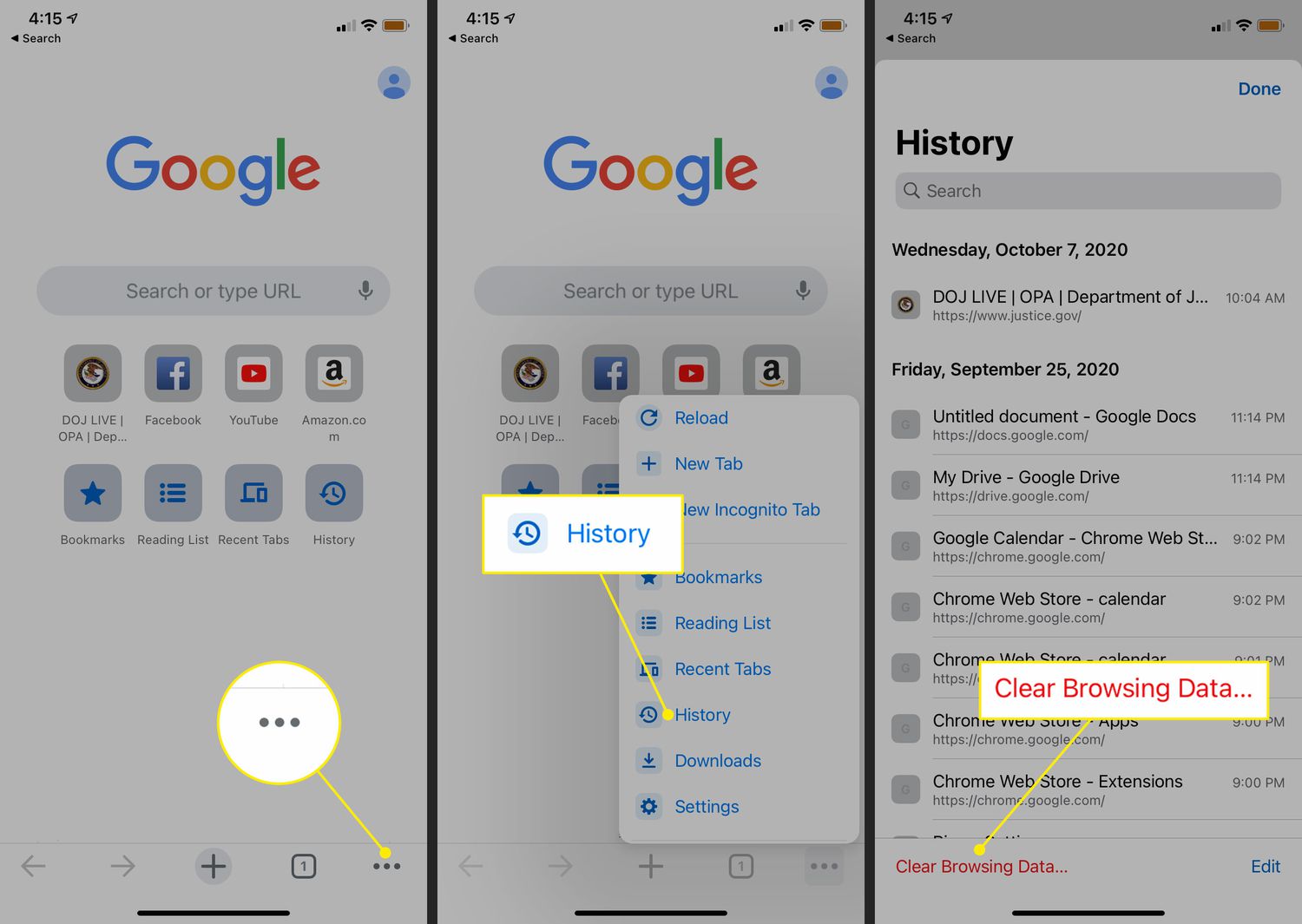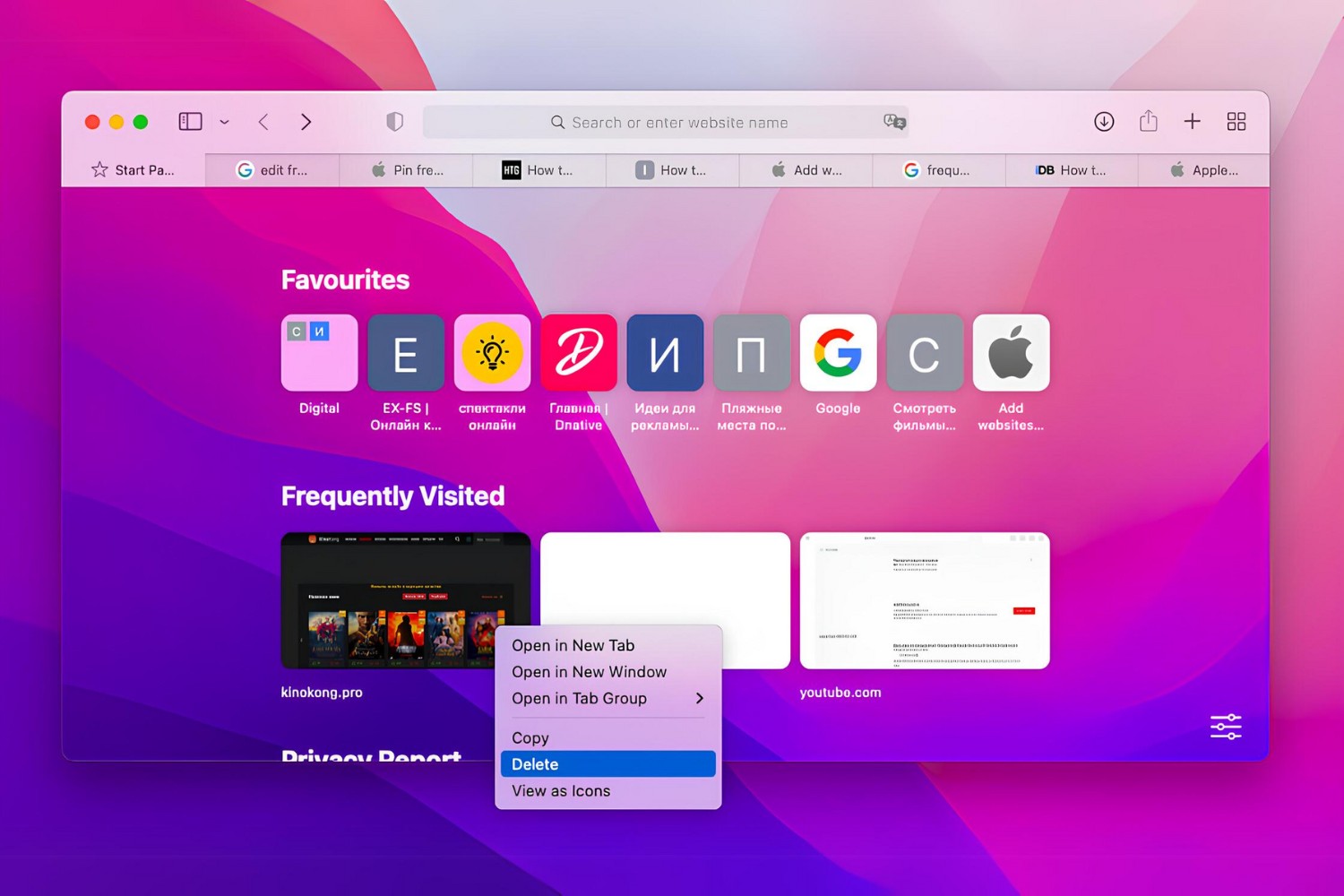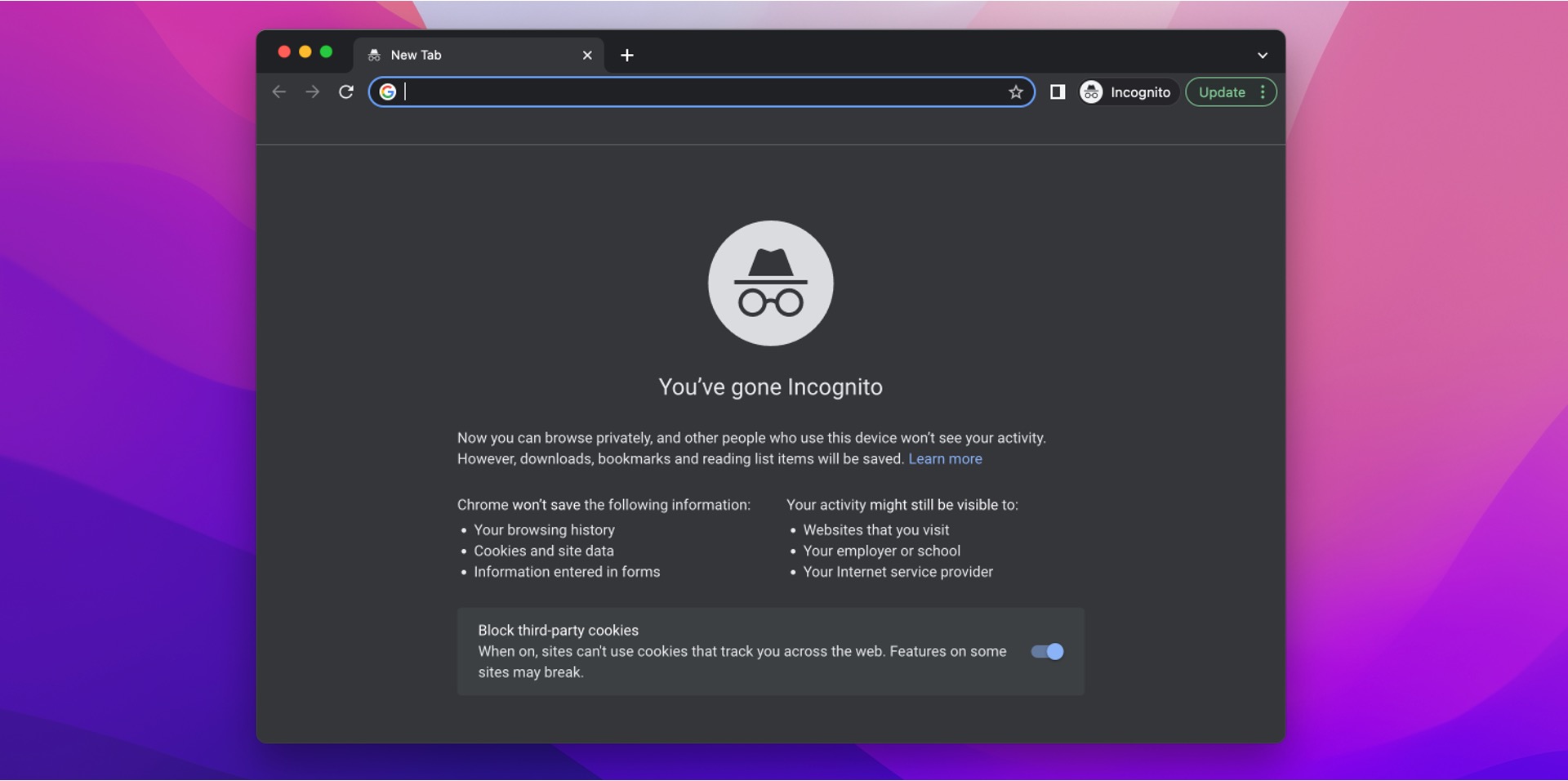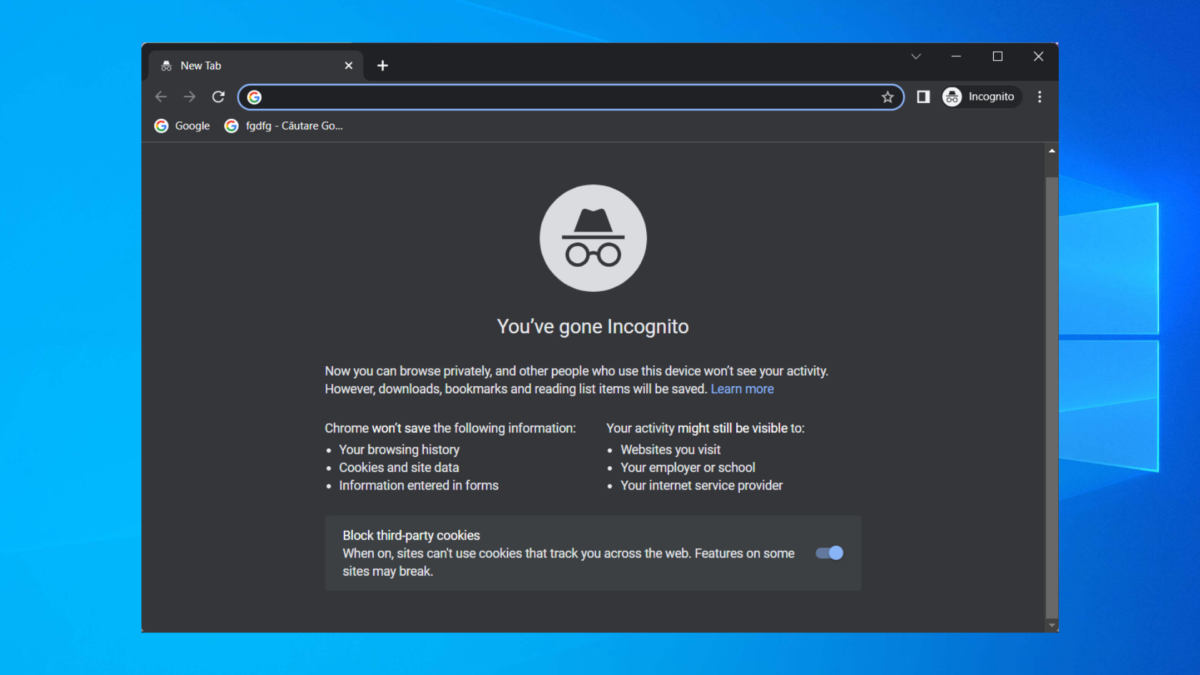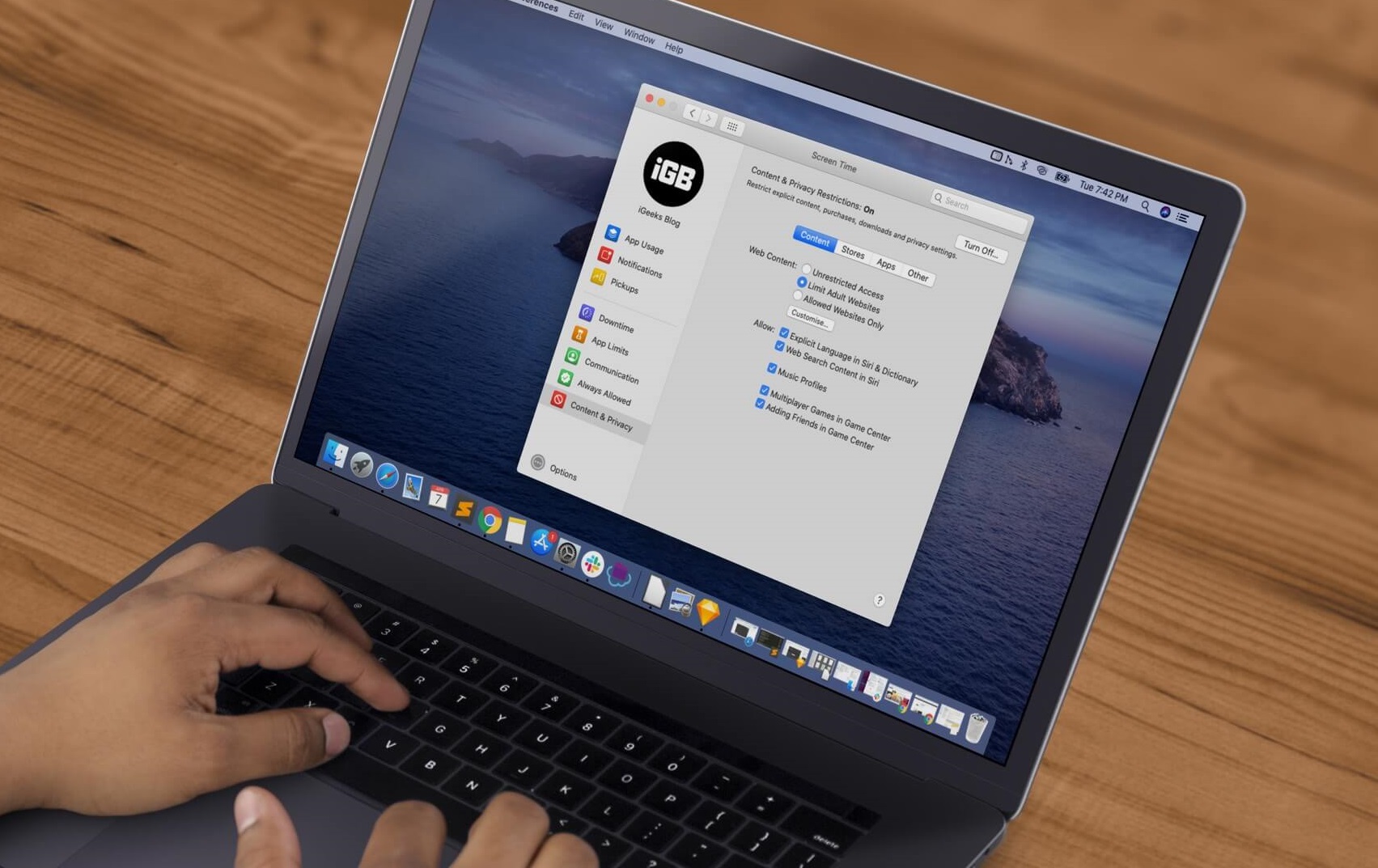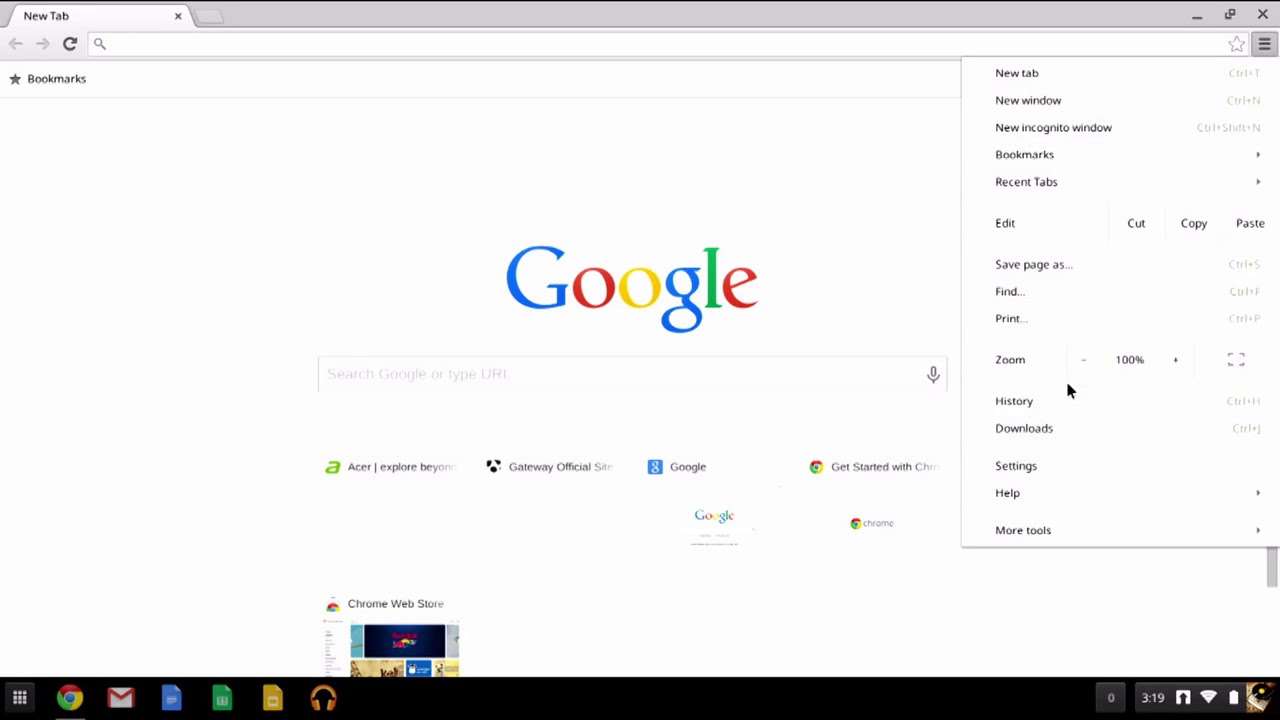Introduction
In the digital age, web browsers have become an integral part of our daily lives, serving as gateways to a vast realm of information and entertainment. Among the multitude of features offered by popular browsers like Google Chrome, the incognito mode stands out as a valuable tool for privacy-conscious users. This mode allows individuals to browse the web without leaving a trail of their online activities, such as browsing history, cookies, and site data. While this feature provides a sense of anonymity, it also raises questions about accountability and transparency, especially in shared or public computer environments.
Understanding the implications of incognito browsing and the need for monitoring such activities is crucial in various contexts, including parental supervision, employee oversight, and cybersecurity management. As such, the ability to check incognito history in Chrome has garnered significant attention, prompting users to explore methods for uncovering the otherwise concealed browsing data.
In this comprehensive guide, we will delve into the intricacies of incognito mode in Chrome, explore the reasons for monitoring incognito history, and elucidate the methods available for checking incognito history in Chrome. By gaining a deeper understanding of these aspects, users can navigate the digital landscape with greater awareness and control, ensuring a balance between privacy and accountability. Let's embark on this enlightening journey to unravel the mysteries of incognito browsing and equip ourselves with the knowledge to navigate the digital realm more effectively.
What is Incognito Mode in Chrome?
Incognito mode, also known as private browsing, is a feature available in the Google Chrome web browser that allows users to browse the internet without leaving a digital footprint of their online activities. When a user opens a new incognito window, the browser operates in a private mode, ensuring that the browsing history, cookies, and site data are not stored on the device. This means that any websites visited and files downloaded during the incognito session will not be recorded in the browsing history or search history.
One of the key aspects of incognito mode is that it provides a layer of privacy for users, especially when using shared or public computers. It prevents the browser from storing any information about the websites visited or the actions performed during the incognito session. Additionally, it does not save any cookies or site data, which are commonly used by websites to track user behavior and preferences.
It's important to note that while incognito mode prevents the browser from storing local data, it does not make the user completely anonymous online. Internet service providers, employers, and websites themselves can still track and monitor online activities. Furthermore, downloads and bookmarks created during an incognito session are saved and will persist after exiting incognito mode.
In essence, incognito mode in Chrome offers a convenient way for users to browse the web without leaving a trace of their online activities on the local device. It provides a level of privacy and discretion, making it an attractive option for scenarios where users may not want their browsing history to be saved, such as researching sensitive topics or making private transactions.
Understanding the functionality and limitations of incognito mode is essential for users to make informed decisions about their online privacy and security. By grasping the nuances of this feature, individuals can leverage it effectively while being mindful of its scope and implications.
Why Check Incognito History in Chrome?
The need to check incognito history in Chrome arises from various practical and security-related considerations. While incognito mode is designed to offer privacy and discretion, there are instances where monitoring incognito history becomes essential. Understanding the reasons behind this necessity can shed light on the significance of tracking incognito activities in Chrome.
Accountability and Oversight
In shared computing environments, such as workplaces, educational institutions, and public facilities, the ability to monitor incognito history serves as a means of ensuring accountability and oversight. Employers and administrators may need to track the online activities of employees, students, or users to enforce compliance with acceptable use policies, prevent unauthorized access to sensitive information, or investigate potential misuse of resources. By checking incognito history, supervisors can gain insights into the browsing behavior of individuals, thereby maintaining a secure and productive digital environment.
Parental Supervision
For parents and guardians, the ability to monitor incognito history in Chrome is crucial for overseeing the online activities of children and teenagers. In an era where internet usage plays a central role in education and entertainment, ensuring a safe and responsible browsing experience for young users is paramount. By checking incognito history, parents can identify any attempts to bypass content filters or access inappropriate material, allowing them to initiate constructive conversations and implement appropriate safeguards to protect their children online.
Cybersecurity Management
From a cybersecurity perspective, monitoring incognito history in Chrome can be a proactive measure to safeguard against potential threats and vulnerabilities. In organizational settings, tracking incognito activities can help identify suspicious or unauthorized browsing behavior that may indicate attempts to circumvent security protocols, access restricted resources, or engage in malicious activities. By scrutinizing incognito history, IT administrators and security professionals can bolster their defense mechanisms and mitigate potential risks to the network and sensitive data.
Compliance and Legal Requirements
In certain industries and regulatory environments, the need to check incognito history in Chrome aligns with compliance and legal obligations. Organizations operating in sectors such as finance, healthcare, and legal services may be mandated to monitor and retain records of online activities for audit trails, regulatory compliance, or legal investigations. By examining incognito history, businesses can demonstrate adherence to industry standards and regulatory frameworks, thereby upholding the integrity and transparency of their digital operations.
By recognizing the multifaceted reasons for checking incognito history in Chrome, users and administrators can navigate the complexities of online privacy and security with informed perspectives. This awareness empowers individuals and organizations to strike a balance between respecting privacy and fulfilling responsibilities, fostering a digital ecosystem characterized by trust, accountability, and resilience.
Methods to Check Incognito History in Chrome
When it comes to checking incognito history in Chrome, users and administrators have several methods at their disposal to uncover the otherwise concealed browsing data. While the incognito mode is designed to limit the retention of browsing history and site data, it is not entirely immune to scrutiny. By leveraging various techniques and tools, individuals can gain insights into the incognito activities of users, thereby addressing accountability, security, and privacy concerns.
Browser History Analysis
One of the primary methods to check incognito history in Chrome involves analyzing the browser's history data. While incognito mode prevents the browser from recording the visited websites in the local browsing history, it does not shield the network traffic from external monitoring. Network administrators and cybersecurity professionals can utilize network monitoring tools to capture and analyze the traffic generated during incognito sessions. By scrutinizing the network logs and traffic patterns, it is possible to infer the websites visited and the duration of incognito browsing activities.
System and Network Monitoring Software
In organizational settings, the deployment of system and network monitoring software can provide a comprehensive approach to checking incognito history in Chrome. These monitoring tools offer capabilities to track user activities, including web browsing, application usage, and network communications. By capturing detailed logs and activity records, administrators can identify incognito browsing sessions, correlate them with user identities, and gain visibility into the online behavior of individuals. This method serves as a proactive measure to enforce compliance, mitigate security risks, and maintain operational transparency.
Third-Party Monitoring Solutions
For parental supervision and individual users seeking to monitor incognito history, third-party monitoring solutions present viable options. These software applications are designed to track and report user activities, including incognito browsing, across various devices and platforms. By installing and configuring such monitoring solutions, parents can monitor their children's online behavior, while individuals can gain insights into their own browsing patterns. These tools often provide detailed reports and alerts, enabling users to stay informed about incognito activities and take appropriate actions as needed.
Forensic Analysis and Recovery Tools
In forensic and investigative scenarios, specialized tools and techniques can be employed to recover incognito history data from Chrome. Forensic analysis software and data recovery tools are capable of retrieving deleted or obscured browsing history, temporary files, and artifacts associated with incognito sessions. These tools leverage advanced algorithms and forensic methodologies to reconstruct the digital trail left by incognito activities, offering valuable insights for legal, compliance, and security investigations.
By exploring these methods to check incognito history in Chrome, users and administrators can navigate the complexities of incognito browsing with a nuanced understanding of the available avenues for monitoring and analysis. It is important to approach these methods with respect for privacy and legal considerations, ensuring that the pursuit of incognito history examination aligns with ethical and regulatory frameworks. Ultimately, the ability to check incognito history in Chrome empowers individuals and organizations to uphold accountability, safeguard security, and foster a balanced approach to online privacy and transparency.
Conclusion
In conclusion, the realm of incognito browsing in Google Chrome encompasses a delicate balance between privacy, accountability, and security. The incognito mode, designed to offer users a private and discreet browsing experience, serves as a valuable tool in various contexts, from personal privacy to organizational governance. However, the need to check incognito history in Chrome arises from multifaceted considerations, including accountability and oversight, parental supervision, cybersecurity management, and compliance requirements.
As users navigate the digital landscape, it is essential to recognize the implications of incognito browsing and the significance of monitoring such activities. By understanding the reasons for checking incognito history, individuals and organizations can adopt informed approaches to address privacy concerns, enforce policies, and mitigate potential risks associated with concealed online activities.
The methods available for checking incognito history in Chrome, ranging from network monitoring to forensic analysis, offer diverse avenues for gaining insights into incognito browsing activities. Whether it involves analyzing network traffic, deploying monitoring software, utilizing third-party solutions, or employing forensic tools, these methods empower users and administrators to maintain transparency, accountability, and security in the digital domain.
It is crucial to approach the examination of incognito history with a balanced perspective, respecting privacy rights, ethical considerations, and legal boundaries. By doing so, individuals and organizations can navigate the complexities of incognito browsing with integrity and responsibility, fostering a digital ecosystem characterized by trust, transparency, and resilience.
In essence, the ability to check incognito history in Chrome represents a proactive stance towards understanding and managing online activities, aligning with the broader objectives of promoting digital literacy, cybersecurity awareness, and ethical use of technology. By embracing a holistic approach to incognito browsing and its implications, users can harness the potential of incognito mode while upholding accountability and transparency in the digital realm.









